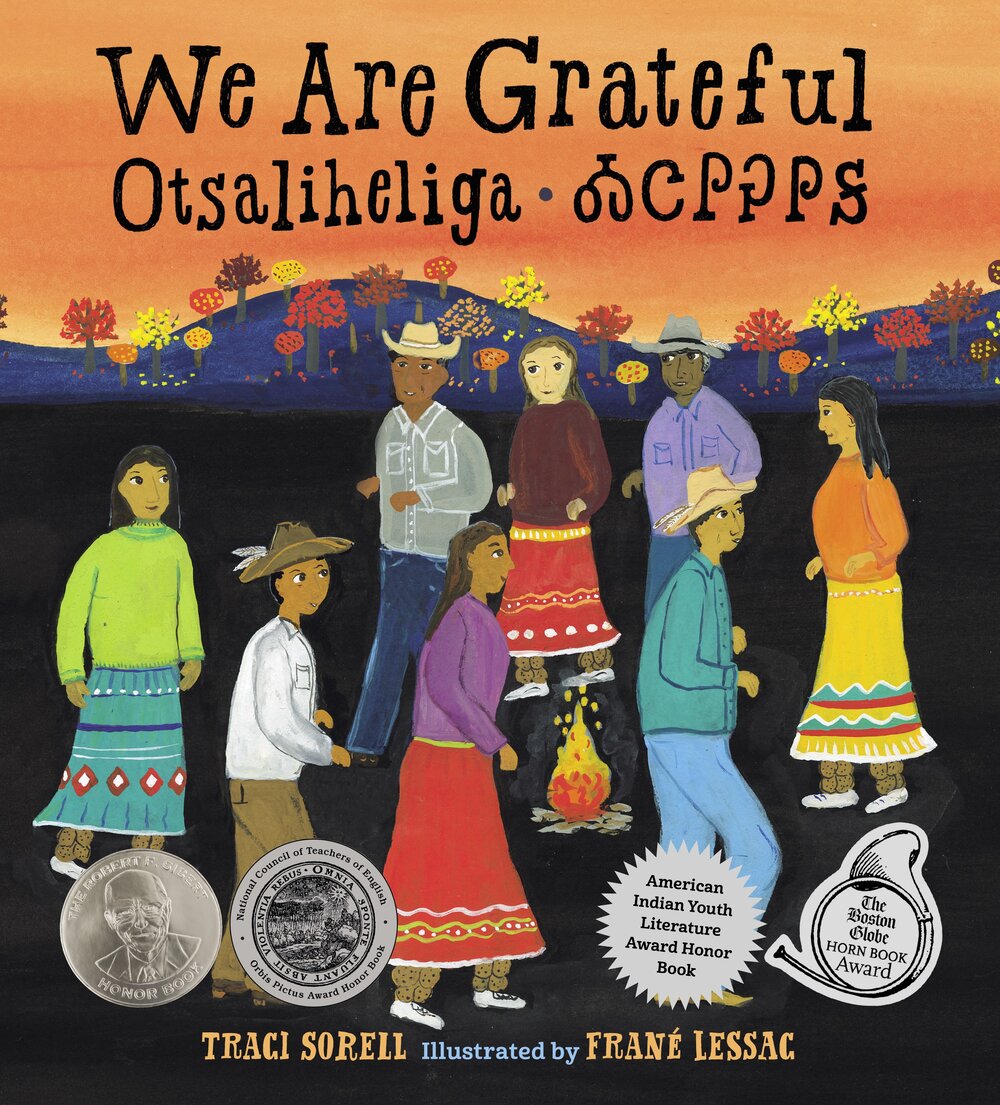As COVID-19 deaths spiked in 2020, Suzanne Firstenberg’s public art installation "In America: How could this happen…"
Museum Artifacts

Grade Range:
K-12
Resource Type(s):
Artifacts, Primary Sources
Date Posted:
4/16/2009
This photograph of a blue ash tree is one of forty-nine framed black and white photographic prints bequeathed to the Smithsonian by William F. Bucher of Washington, D.C. The collection represents a labor of love for Bucher, a cabinetmaker, who framed each photograph in wood of the same species as

Grade Range:
K-12
Resource Type(s):
Artifacts, Primary Sources
Date Posted:
5/8/2009
Virginia Lee Mead wore this salmon-pink silk satin dress when she was a young woman living in New York City's Chinatown, where her father, Lee B. Lok, a first-generation immigrant, ran a general store. The full-length dress is a traditional style that younger second-generation Chinese women wore

Grade Range:
5-12
Resource Type(s):
Artifacts, Primary Sources
Date Posted:
12/30/2010
On February 16, 1862, General Buckner surrendered Fort Donelson. The unconditional surrender created jubilation throughout the North and shock in Dixie. It was the North’s first major victory of the Civil War, opening the way into the very heart of the Confederacy.

Grade Range:
6-12
Resource Type(s):
Artifacts
Date Posted:
2/8/2016
People have long sought better ways to illustrate and understand the structure and functions of the human body. Paper dolls and wax, papier-mache, and plaster anatomical models have all been used as tools to teach human anatomy. In the wake of the launch of the Sputnik satellite, designer Marcel

Grade Range:
K-12
Resource Type(s):
Artifacts
Date Posted:
4/16/2018
These identification cards were issued to residents of the internment camps. In order to exercise control and maintain surveillance over the population, internees were given family numbers and their physical characteristics were recorded.

Grade Range:
9-12
Resource Type(s):
Artifacts, Primary Sources
Date Posted:
9/3/2020
A poster calling attention to the break in at the Watergate.

Grade Range:
K-12
Resource Type(s):
Artifacts
Date Posted:
12/30/2020
Leotard worn by gymnast Dominique Dawes (b. 1976) at the 1996 Summer Olympic games, held in Atlanta, Georgia. At the games she won gold as part of the first place U.S. team. The Maryland native also took home an individual bronze for her performance in the floor exercise, becoming the first African

Grade Range:
K-12
Resource Type(s):
Artifacts, Primary Sources
Date Posted:
12/13/2010
Blue, white, and red banner with an image of Admiral Dewey in center of white stripe, surrounded by laurels. “Admiral Dewey” in banner among the laurels, American flag, and a navy fleet admiral’s flag. “The Hero” in top blue stripe. “Of Manila” in bottom red stripe.
A

Grade Range:
K-12
Resource Type(s):
Artifacts, Primary Sources
Date Posted:
2/19/2009
Carnival celebrations featuring performers dressed as devils are found in Puerto Rico and the rest Latin America. The presence of these characters during Carnival is understood by many as an ancient reference to the contest between good and evil. The devilish mask pictured here was made for the

Grade Range:
K-12
Resource Type(s):
Artifacts, Primary Sources
Date Posted:
3/16/2009
This bassinet quilt with a framed center design is made of high quality plain blue and white cotton feed sack fabrics. Mrs. Dorothy Overall of Caldwell, Kansas, a contestant in many sewing events in the 1950s and 1960s, pieced and appliquéd this quilt on a Pfaff sewing machine she had won in a c



















